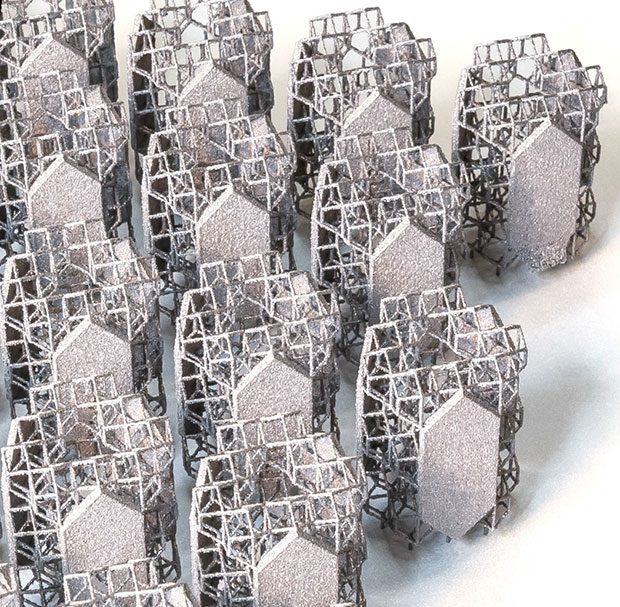Leverage 3D Printing to Build Better Products
Latest News
May 12, 2015
 Dear Desktop Engineering Reader:
Dear Desktop Engineering Reader:
3D printing was just on the horizon when DE first launched 20 years ago this fall. Today, additive manufacturing of 3D prototypes does yeoman’s service in product development, and it is used for end-user parts as well as a complement to processes like injection molding or CNC (computer numerically controlled) machining. Widely used, however, does not mean readily understood.
The problem for design engineers is that there’s a bewildering array of 3D printing technologies. Each additive technology has its own strengths and weaknesses. And with your deadlines so tight, you have no time to mess around researching which one is right for you. The white paper at the other side of today’s Check it Out link, “3D Printing Technologies for Prototyping and Production: How to Leverage Additive Manufacturing to Build Better Products,” will help you identify the best-fit additive manufacturing option quickly.
This paper reads like a design engineer wrote it. Take that to mean it is exceptionally practical. It does not dwell on specifications that are important later in the product development and manufacturing processes, such as a material’s tensile strength. Someone at Proto Labs, a rapid prototyping and manufacturing service provider, wrote this paper, so these guys have that data down cold for when the production process starts. Specs are just not germane here except for broadly categorizing the type of output you can expect from a material; e.g., moderate strength, rough surface finish or easily colored.
What is relevant is the recognition that no single additive manufacturing process fits all projects but there surely is one that fits the individual stages of your evolving project. Since the type of 3D output needed for a concept model isn’t suitable for functional testing of more evolved designs, which do you want when?
 The white paper “3D Printing Technologies for Prototyping and Production” wastes no time clarifying what data design engineers need to know when selecting an additive manufacturing prototyping and production technology. Image courtesy of Proto Labs Inc.
The white paper “3D Printing Technologies for Prototyping and Production” wastes no time clarifying what data design engineers need to know when selecting an additive manufacturing prototyping and production technology. Image courtesy of Proto Labs Inc.Explaining the different outputs is this paper’s strength. Its format is tailor-made for quick reading. First, it provides a brief summary of several major additive manufacturing technologies. These are binder jetting, Fused Deposition Modeling, stereolithography, selective laser sintering, PolyJet, digital light processing and direct metal laser sintering.
Second, each summary has a bulleted list of its pros and cons. All have an image of the same design 3D-printed with the technology under discussion. That’s it. Brilliant. This will save time-strapped design engineers tons of research.
Proto Labs operates these additive manufacturing technologies, so they don’t hype one over the other, which is quite refreshing. Hit today’s Check it Out link to download your complimentary copy.
Thanks, Pal. – Lockwood
Anthony J. Lockwood
Editor at Large, Desktop Engineering
Download a copy of “3D Printing Technologies for Prototyping and Production” here.
Subscribe to our FREE magazine, FREE email newsletters or both!
Latest News
About the Author
Anthony J. Lockwood is Digital Engineering’s founding editor. He is now retired. Contact him via [email protected].
Follow DE





